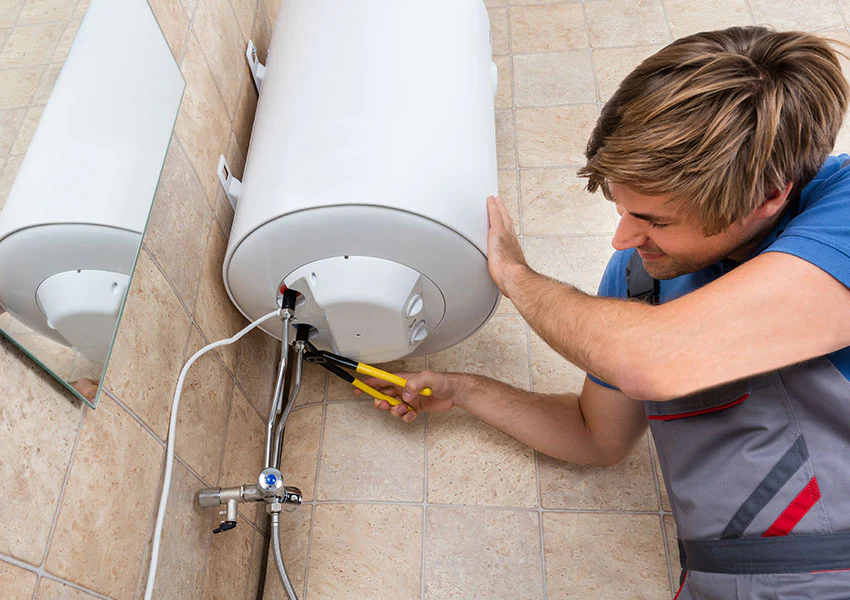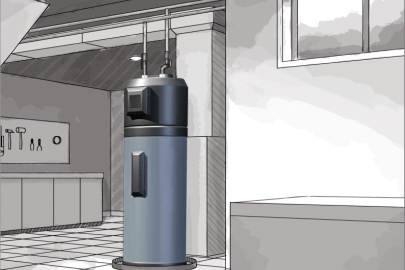Top Methods to Care for Your Home's Hot Water System SuccessfullyEasy Steps to Maintaining Your Home's Hot Water SystemEnsuring Durability of Your Home's Hot Water System: Care Advice
Get OfferOn this page down the page you might get a bunch of good quality news in regards to Tips on Maintaining a Water Heater.

Hot water is essential for everyday comfort, whether it's for a rejuvenating shower or washing dishes. To guarantee your hot water system runs effectively and lasts much longer, routine upkeep is essential. This article gives useful pointers and insights on exactly how to maintain your home's hot water system to stay clear of interruptions and costly repair services.
Intro
Preserving your home's warm water system might appear daunting, but with a few simple steps, you can ensure it operates smoothly for several years to come. This overview covers every little thing from understanding your warm water system to do it yourself maintenance tips and understanding when to call professional assistance.
Relevance of Maintaining Your Hot Water System
Routine maintenance not only prolongs the life-span of your warm water system but likewise guarantees it runs efficiently. Ignoring upkeep can bring about decreased efficiency, higher energy costs, and even premature failure of the system.
Indications Your Warm Water System Demands Upkeep
Recognizing when your hot water system needs interest can stop significant concerns. Keep an eye out for signs such as inconsistent water temperature, odd sounds from the heating system, or corroded water.
Recognizing Your Warm Water System
Prior to diving into maintenance tasks, it's useful to comprehend the fundamental elements of your hot water system. Usually, this consists of the hot water heater itself, pipelines, anode poles, and temperature level controls.
Regular Monthly Upkeep Tasks
Routine regular monthly checks can aid capture small problems before they intensify.
Flushing the Water Heater
Purging your water heater removes debris build-up, boosting effectiveness and extending its life.
Checking and Changing Anode Rods
Anode rods protect against corrosion inside the container. Examining and changing them when broken is crucial.
Examining and Adjusting Temperature Level Setups
Changing the temperature settings ensures optimal performance and safety and security.
Do It Yourself Tips for Maintenance
You can carry out several upkeep tasks yourself to maintain your warm water system in top condition.
Looking for Leaks
Frequently check pipes and links for leakages, as these can lead to water damages and higher bills.
Examining Stress Relief Valves
Testing the stress relief valve guarantees it works correctly and prevents too much stress buildup.
Shielding Pipes
Shielding hot water pipelines reduces warmth loss and can save power.
When to Call a Professional
While do it yourself upkeep is useful, some problems call for expert expertise.
Facility Issues Calling For Professional Aid
Instances include major leakages, electrical troubles, or if your water heater is constantly underperforming.
Regular Professional Maintenance Perks
Specialist maintenance can include complete evaluations, tune-ups, and making certain compliance with security criteria.
Conclusion
Normal upkeep of your home's warm water system is essential for effectiveness, long life, and cost savings. By adhering to these tips and understanding when to seek expert assistance, you can make certain a reputable supply of warm water without unexpected disruptions.
Water Heater Maintenance: The Basics
Maintaining your water heater will ensure it operates efficiently and has a longer lifespan. Neglecting regular maintenance can lead to costly repairs and an even bigger chunk of your savings if you have to replace it sooner than necessary. But there’s good news: Most water heater maintenance tasks are relatively simple and easy for homeowners with basic DIY skills.
Flush the Water Heater
Over time, sediment and minerals can build up in the tank, reducing its efficiency and potentially causing damage. To flush the tank, turn off the power or gas supply, attach a hose to the drain valve near the bottom and open the valve to drain the water until it runs clear. Ideally, flush the tank annually.
Replace the Anode Rod
The anode rod is a sacrificial metal rod that helps prevent corrosion inside the tank. Inspect and replace it every three to five years or per the manufacturer's recommendation. To replace the anode rod, turn off the power or gas supply, drain a few gallons of water from the tank, unscrew the old rod and replace it with a new one. If the anode rod is significantly corroded or covered in calcium buildup, it's a sign the water heater may need to be replaced soon.
Tune-Up
A yearly tune-up can help identify potential issues and ensure your water heater operates at peak efficiency. This typically involves checking the thermostat, burner assembly (for gas heaters) and any other components specified by the manufacturer. During a tune-up, the technician may also clean the burner and adjust the pilot light (for gas heaters) or examine the heating elements (for electric heaters).
How to Maintain Your Water Heater
Insulate the tank. Insulating the tank can improve energy efficiency and reduce heat loss, saving you money on energy bills. You can purchase precut insulation blankets designed specifically for water heaters or use standard fiberglass insulation wrapped securely around the tank. Check the temperature. The recommended water temperature for most households is around 120 degrees Fahrenheit (49 degrees Celsius). Higher temperatures can increase energy costs and potentially cause scalding. Use a kitchen thermometer to check the temperature at the faucet nearest the water heater. Monitor water pressure. Excessive water pressure can strain the water heater and cause leaks or even tank failure. Install a pressure-reducing valve if necessary. The ideal water pressure range is between 60 and 70 PSI (pounds per square inch). Test the temperature and pressure (T&P) relief valve. The T&P relief valve is a safety feature that releases pressure if the tank gets too hot or the pressure builds up too high. Test it annually by lifting the lever and allowing a small amount of water to release. Replace the valve if it doesn't release water or reseal properly. Check for leaks. Regularly inspect the tank, pipes and fittings for leaks or corrosion. Deal with issues promptly to prevent further damage. Even a small leak can lead to significant water damage over time. Consider a tankless water heater. If your traditional tank-style water heater is nearing the end of its lifespan ( typically 10 years), consider replacing it with a tankless water heater. These units heat water on demand, reducing standby energy losses and potentially saving you money on your energy bills. Schedule professional maintenance. While homeowners can perform many water heater maintenance tasks, it's still a good idea to schedule professional maintenance every few years. A plumber or HVAC technician can thoroughly inspect the unit, identify potential issues and ensure it operates safely and efficiently. https://www.homeserve.com/en-us/blog/home-improvement/hot-water-heater-maintanence/

I hope you liked our post on Water Heater Maintenance Tips You Can't Afford to Forget. Thanks so much for taking time to read through our blog post. Remember to take a moment to distribute this blog entry if you appreciated it. Thanks for your time. Revisit us soon.
Book My Estimate